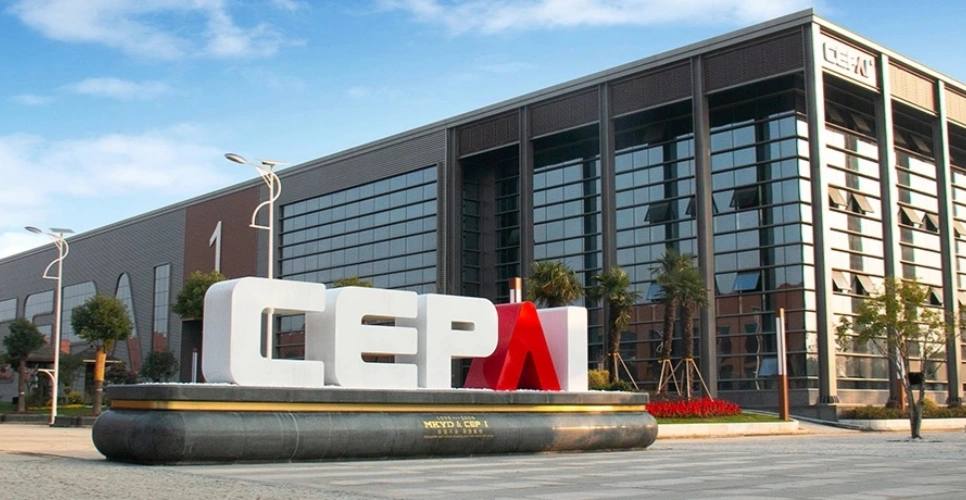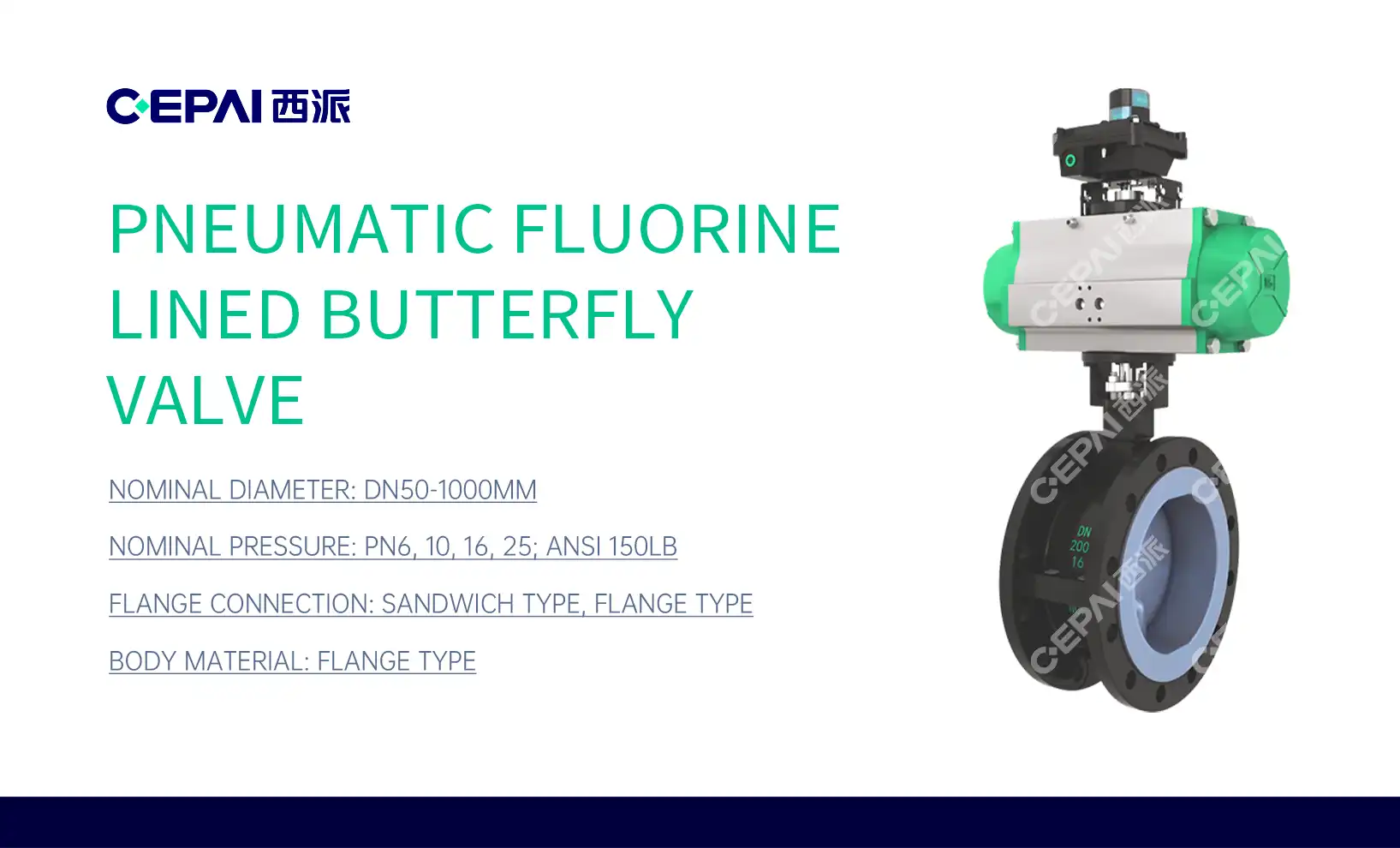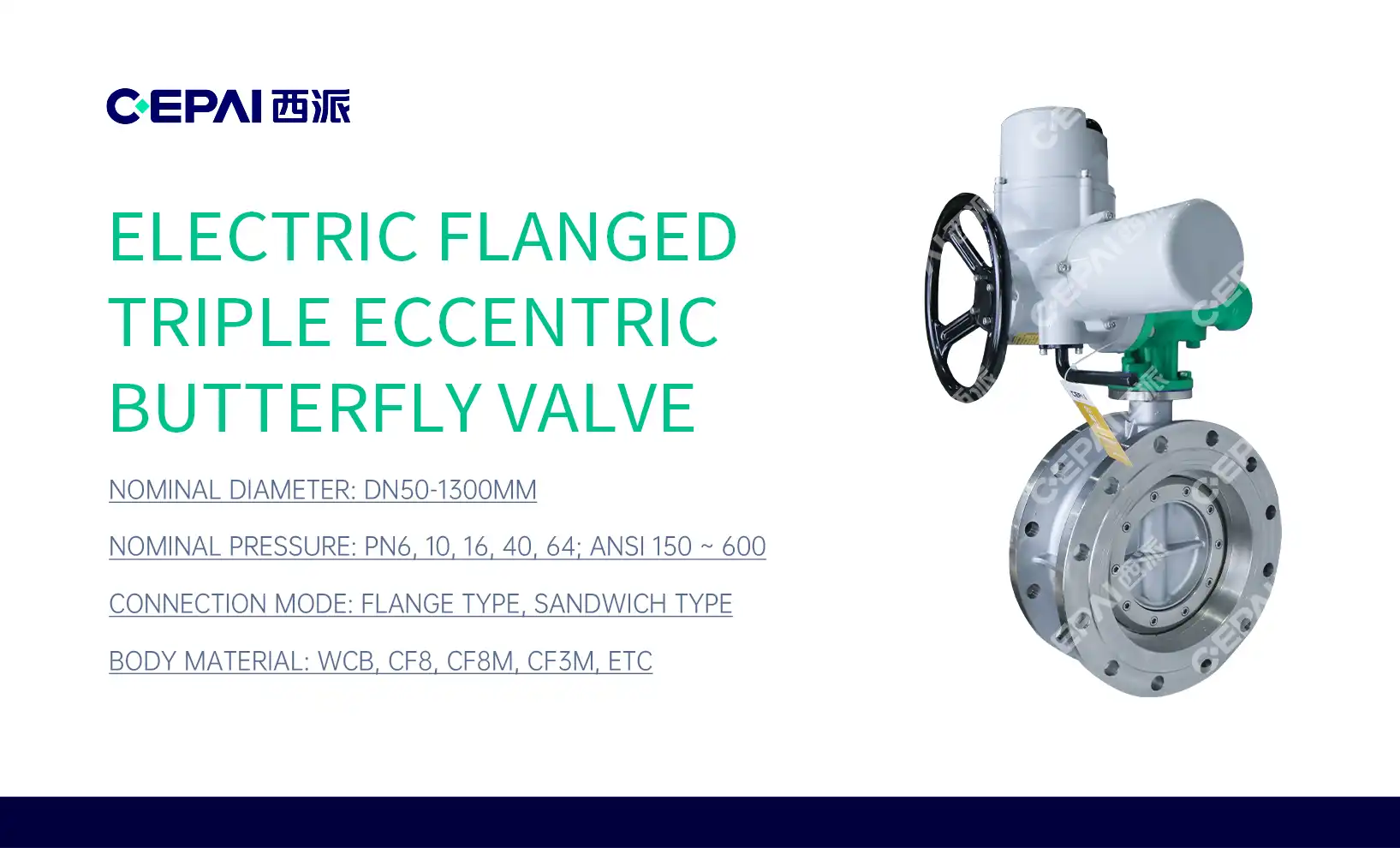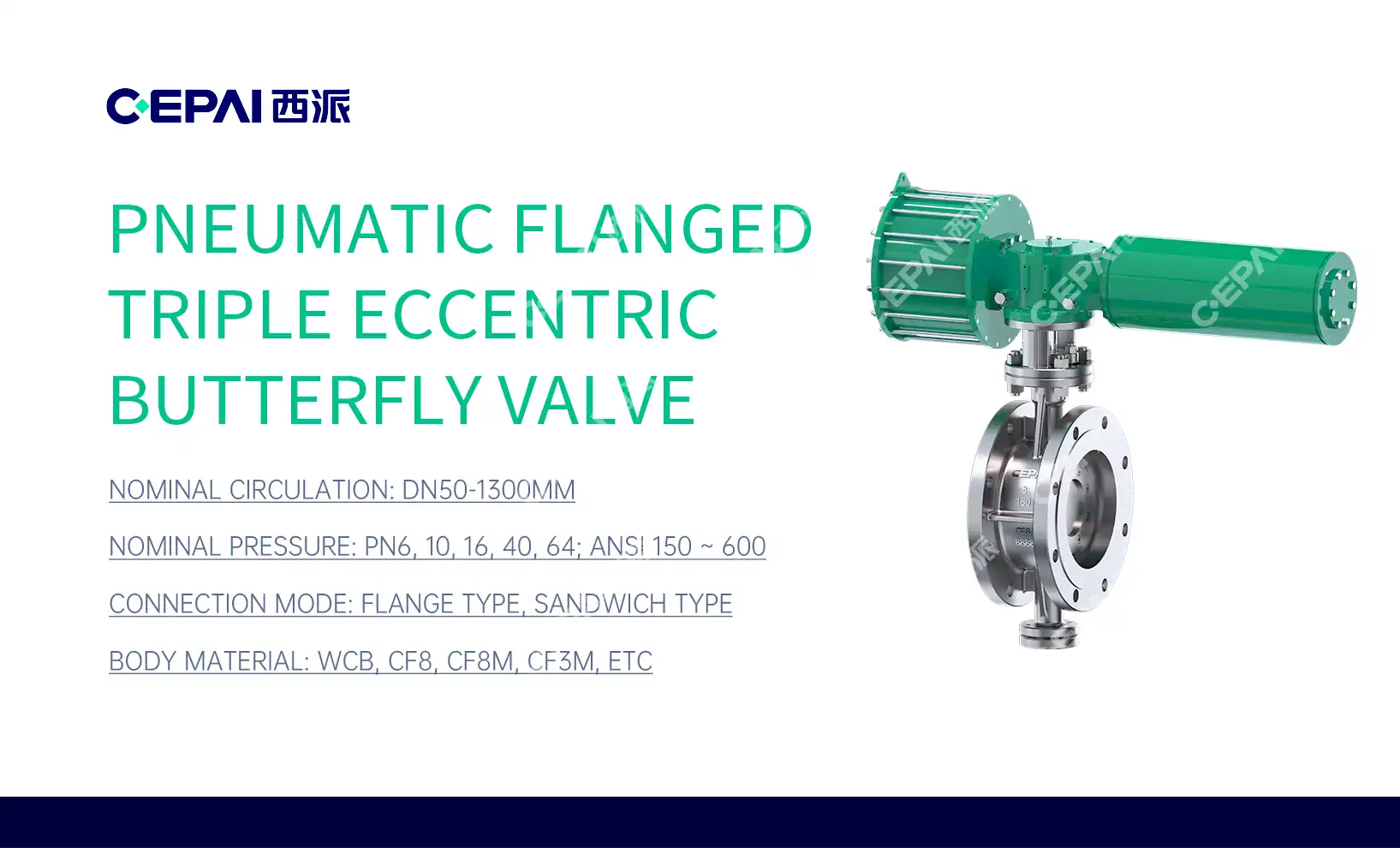Understanding Butterfly Valve Basics and Types
Fundamental Components of Butterfly Valves
Butterfly valves consist of several key components that work together to control fluid flow. The main parts include the valve body, disc, stem, seat, and actuator. The valve body houses the internal components and connects to the pipeline. The disc is the circular plate that rotates to open or close the valve, regulating flow. The stem connects the disc to the actuator, allowing for precise control. The seat provides a seal when the valve is closed, preventing leakage. The actuator can be manual, pneumatic, hydraulic, or electric, depending on the application requirements.
Different Types of Butterfly Valves
There are several types of butterfly valves, each designed for specific applications. Concentric butterfly valves have a centered disc that rotates perpendicular to the flow. Double-eccentric (double offset) valves have two offsets that reduce wear and provide better sealing. Triple-eccentric (triple offset) valves offer superior sealing and are ideal for high-pressure and high-temperature applications. Lug-style valves allow for easy installation and removal, while wafer-style valves are more compact and lightweight. Understanding these variations is essential for selecting the most appropriate valve for your pipeline.
Advantages and Limitations of Butterfly Valves
Butterfly valves offer numerous advantages, including compact design, quick operation, and low pressure drop. They are lightweight, cost-effective, and require minimal maintenance. However, they also have limitations. Butterfly valves may not be suitable for highly viscous fluids or those containing large particles. They may also have flow capacity limitations compared to other valve types. In high-pressure applications, special designs may be necessary to ensure proper sealing. Recognizing these pros and cons helps in determining whether a butterfly valve is the best choice for your specific pipeline requirements.
Factors to Consider When Selecting a Butterfly Valve
Sizing and Pressure Considerations
Proper sizing is critical when selecting a butterfly valve. The valve size should match the pipeline diameter and flow requirements. Undersized valves can cause excessive pressure drop and reduced flow, while oversized valves may lead to poor control and increased costs. Pressure rating is another crucial factor. Ensure the valve can withstand the maximum operating pressure of your system, including any potential pressure surges. Consider the valve's pressure-temperature ratings to ensure it can handle the full range of operating conditions. Pressure class ratings, such as ANSI classes, help in selecting valves that meet specific pressure requirements.
Material Selection for Valve Components
Choosing the right materials for butterfly valve components is essential for longevity and performance. The valve body, disc, and stem should be made of materials compatible with the fluid being transported and the operating environment. Common materials include stainless steel, carbon steel, ductile iron, and various alloys. For corrosive fluids, consider materials like Hastelloy or titanium. The seat material is particularly important for sealing properties. Options include PTFE, EPDM, Nitrile, and Viton, each suited for different temperature ranges and chemical compatibility. Carefully evaluate the fluid characteristics, temperature, and potential chemical reactions to select the most appropriate materials for your application.
Actuation Methods and Control Options
The actuation method of a butterfly valve significantly impacts its operation and control capabilities. Manual actuation, using a hand lever or gearbox, is suitable for valves that require infrequent adjustment. For remote or automated control, consider pneumatic, hydraulic, or electric actuators. Pneumatic actuators offer fast operation and are ideal for on/off applications. Electric actuators provide precise control and are often used in modulating applications. Hydraulic actuators are suitable for high-torque requirements. Consider factors such as power availability, response time, and control precision when selecting an actuation method. Additionally, explore control options like positioners, limit switches, and feedback devices to enhance valve performance and integration with your control systems.
Application-Specific Considerations for Butterfly Valve Selection
High-Temperature and Cryogenic Applications
For high-temperature applications, select butterfly valves with materials that can withstand elevated temperatures without losing their mechanical properties. High-temperature alloys, such as Inconel or Hastelloy, may be necessary for extreme conditions. Pay special attention to seat materials, as some elastomers may degrade at high temperatures. For cryogenic applications, choose valves designed to handle extremely low temperatures without becoming brittle or losing sealing capabilities. Materials like 316 stainless steel or special cryogenic alloys are often used. Ensure proper insulation and consider extended bonnet designs to protect sensitive components from extreme temperatures. Verify that the valve's sealing mechanism remains effective across the entire temperature range of your application.

Corrosive and Abrasive Media Handling
When dealing with corrosive media, material selection becomes paramount. Choose valve bodies, discs, and stems made from corrosion-resistant materials like duplex stainless steel, titanium, or specialized alloys. For highly corrosive environments, consider lined valves with materials such as PTFE or PFA. In abrasive applications, hardened materials or special coatings may be necessary to prevent premature wear. Look for valves with replaceable seats and seals to facilitate maintenance in harsh environments. Consider the erosion potential of high-velocity flows and select valves with appropriate disc designs to minimize wear. For slurry applications, ensure the valve has sufficient clearances to prevent clogging and allows for easy cleaning.
Sanitary and Clean Service Requirements
In industries such as food processing, pharmaceuticals, and biotechnology, sanitary butterfly valves are essential. These valves should have smooth, crevice-free surfaces to prevent bacterial growth and facilitate easy cleaning. Look for valves with polished finishes and minimal dead spaces. Materials should be FDA-approved and compatible with cleaning and sterilization processes. Consider valves designed for clean-in-place (CIP) or steam-in-place (SIP) operations. For aseptic applications, choose valves with features like steam barriers or double seals to maintain sterility. Ensure the valve design allows for complete draining to prevent product contamination. Verify that the valve meets relevant industry standards, such as 3-A Sanitary Standards or EHEDG guidelines, for sanitary applications.
By carefully considering these application-specific factors, you can select a butterfly valve that not only meets your current needs but also ensures long-term reliability and compliance with industry requirements. Remember, the right valve choice can significantly impact the efficiency, safety, and performance of your pipeline system.
Conclusion
Selecting the correct butterfly valve for your pipeline requires a comprehensive approach, considering factors such as valve type, size, pressure rating, materials, and actuation method. By understanding the specific requirements of your application, including temperature range, media characteristics, and industry standards, you can make an informed decision. Remember to evaluate the valve's long-term performance, maintenance needs, and cost-effectiveness. Consulting with valve experts and manufacturers can provide valuable insights and ensure you choose a butterfly valve that optimizes your pipeline's efficiency, reliability, and safety. With the right selection, you'll enhance your system's performance and minimize potential issues down the line.
FAQs
1. What is the maximum pressure rating for butterfly valves?
Butterfly valves can handle pressures up to 1480 psi (102 bar), depending on the design and materials used.
2. How often should butterfly valves be maintained?
Maintenance frequency depends on usage and conditions, but generally, annual inspections and servicing are recommended.
3. Can butterfly valves be used for throttling applications?
Yes, especially double and triple-eccentric designs are suitable for throttling services.
4. What are the main differences between concentric and eccentric butterfly valves?
Concentric valves have a centered disc, while eccentric valves have offset discs for improved sealing and reduced wear.
5. Are butterfly valves suitable for bi-directional flow?
Many butterfly valves can handle bi-directional flow, but it's essential to verify this capability with the manufacturer for your specific application.
Expert Butterfly Valve Solutions for Your Pipeline Needs | CEPAI
CEPAI Group Co., Ltd. specializes in high-quality butterfly valves for diverse pipeline applications. As a leading valve manufacturer and supplier, we offer innovative solutions that meet the most demanding industry standards. Our expertise in valve technology ensures optimal performance and reliability for your pipeline systems. For expert guidance on selecting the perfect butterfly valve for your specific needs, contact our team of valve specialists. Reach out to us at cepai@cepai.com to explore our range of advanced valve products and custom solutions.

References
Smith, J. (2022). Butterfly Valve Design and Selection Criteria. Journal of Fluid Control Engineering, 45(3), 78-92.
Johnson, A. & Brown, T. (2021). Materials Science in Valve Manufacturing. Industrial Valve Quarterly, 18(2), 112-125.
Thompson, R. (2023). Advanced Actuation Methods for Industrial Valves. Automation and Control Today, 31(4), 55-68.
Garcia, M. et al. (2022). Corrosion Resistance in High-Temperature Valve Applications. Materials Performance, 61(7), 40-52.
Lee, S. & Wilson, K. (2021). Sanitary Valve Design for the Food and Beverage Industry. Food Engineering Review, 13(3), 201-215.
Anderson, P. (2023). Butterfly Valve Performance in Cryogenic Services. Cryogenics, 129, 103-117.

_1746598531170.webp)



